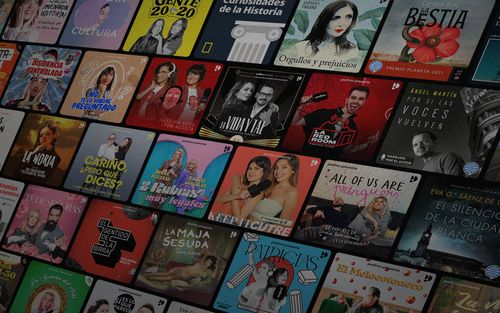How Does the Brain Interpret Aromas as Taste? A Recent Study Provides a Clearer Insight
Dr. Joseph Mercola - Take Control of Your Health - Ein Podcast von Dr. Mercola

New research from the Karolinska Institutet in Sweden shows that your brain interprets certain aromas as taste, activating the same regions as sugar Retronasal smell — odor molecules rising from your mouth during eating — creates flavor, while orthonasal smell (sniffing) detects outside odors Functional MRI scans revealed that the insula, the brain's taste cortex, responds to sweet-associated aromas like vanilla or strawberry as if sugar were present Everyday experiences, such as food tasting bland during a cold, highlight the difference between taste vs. flavor and the role of retronasal airflow Sweet-linked aromas can help reduce added sugar in foods by enhancing perceived sweetness, though they do not change calorie or glucose content

